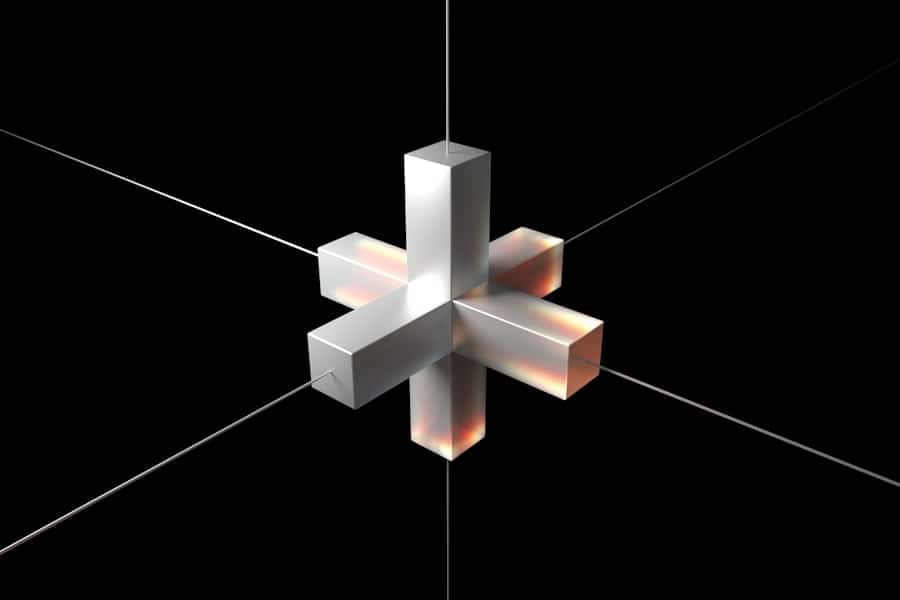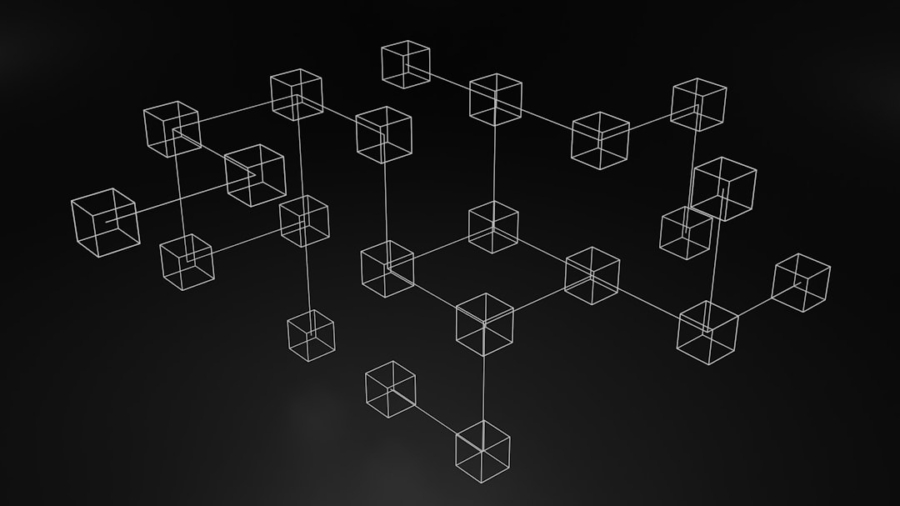Cross-layer blockchain solutions represent a significant evolution in the architecture of blockchain technology, addressing some of the most pressing challenges faced by traditional blockchain systems. At their core, these solutions facilitate communication and interaction between different blockchain networks, enabling them to work together seamlessly. This interoperability is crucial as it allows for the transfer of assets and data across disparate systems, which can enhance functionality and broaden the scope of applications.
By leveraging cross-layer solutions, developers can create more robust ecosystems that harness the strengths of multiple blockchains, rather than being confined to the limitations of a single network. The architecture of cross-layer solutions typically involves a combination of protocols and frameworks designed to bridge the gaps between various blockchain layers. For instance, Layer 1 refers to the base blockchain protocol, while Layer 2 solutions are built on top of Layer 1 to improve scalability and transaction speed.
Cross-layer solutions can integrate these layers, allowing for efficient communication and data exchange. This integration is not merely a technical enhancement; it represents a paradigm shift in how blockchain networks can collaborate, share resources, and ultimately create a more interconnected digital economy.
Key Takeaways
- Cross-layer blockchain solutions integrate different layers of blockchain technology to improve efficiency and functionality.
- Interoperability is crucial in blockchain to ensure seamless communication and interaction between different blockchain networks and platforms.
- Cross-layer solutions enhance scalability by optimizing the performance of different layers of the blockchain, allowing for increased transaction throughput.
- Security is strengthened with cross-layer blockchain solutions through the integration of multiple security measures across different layers of the blockchain.
- Cross-layer solutions aim to provide a better user experience by streamlining processes, reducing transaction times, and improving overall usability.
The Importance of Interoperability in Blockchain
Interoperability is a cornerstone of modern blockchain development, as it enables different blockchain networks to communicate and interact with one another. This capability is essential for creating a cohesive ecosystem where assets and information can flow freely across platforms. Without interoperability, blockchains operate in silos, limiting their potential and hindering innovation.
The ability to transfer tokens, share data, and execute smart contracts across various networks can significantly enhance the utility of blockchain technology, making it more appealing to businesses and users alike. Moreover, interoperability fosters collaboration among developers and organizations, encouraging the creation of hybrid solutions that leverage the unique features of multiple blockchains. For example, a decentralized finance (DeFi) application could utilize the security features of one blockchain while benefiting from the speed and low transaction costs of another.
This flexibility not only enhances user experience but also drives competition among blockchain networks, leading to continuous improvements in technology and services. As industries increasingly recognize the value of interconnected systems, the demand for interoperable solutions will only grow.
How Cross-Layer Solutions Improve Scalability

Scalability remains one of the most significant challenges facing blockchain technology today. Traditional blockchains often struggle with high transaction volumes, leading to slow processing times and increased fees. Cross-layer solutions address these issues by allowing transactions to be processed off-chain or on secondary layers, thereby reducing the load on the primary blockchain.
This approach not only enhances transaction speed but also lowers costs, making blockchain technology more accessible to a broader audience. For instance, Layer 2 solutions like the Lightning Network for Bitcoin or Optimistic Rollups for Ethereum enable faster transactions by bundling multiple transactions together before settling them on the main chain. By utilizing cross-layer solutions, these systems can achieve higher throughput without compromising security or decentralization.
As a result, businesses can handle larger volumes of transactions efficiently, paving the way for mass adoption of blockchain technology in various sectors such as finance, supply chain management, and healthcare.
Enhancing Security with Cross-Layer Blockchain Solutions
Security is paramount in any technological framework, especially in blockchain systems where trust is foundational. Cross-layer solutions can enhance security by distributing risk across multiple layers and networks. By utilizing different blockchains for various functions—such as transaction processing, data storage, and identity verification—developers can create a more resilient architecture that is less susceptible to attacks or failures.
This layered approach allows for redundancy; if one layer experiences an issue, others can continue to operate normally. Additionally, cross-layer solutions can implement advanced cryptographic techniques that bolster security across interconnected networks. For example, zero-knowledge proofs allow one party to prove possession of certain information without revealing the information itself.
This capability can be integrated into cross-layer solutions to enhance privacy while maintaining transparency. As security threats evolve, the ability to adapt and implement robust security measures across multiple layers will be crucial for maintaining user trust and ensuring the integrity of blockchain systems.
Cross-Layer Solutions for Better User Experience
User experience (UX) is a critical factor in the adoption of any technology, including blockchain. Cross-layer solutions can significantly improve UX by streamlining processes and reducing friction in transactions. For instance, users often face challenges when interacting with multiple wallets or platforms that operate on different blockchains.
Cross-layer solutions can simplify these interactions by providing unified interfaces that allow users to manage assets across various networks seamlessly. Moreover, by enhancing transaction speeds and reducing costs through off-chain processing or Layer 2 solutions, cross-layer architectures can make blockchain applications more appealing to everyday users. A smoother experience encourages greater participation in decentralized applications (dApps) and services, ultimately driving growth in the ecosystem.
As developers prioritize user-centric design in their applications, cross-layer solutions will play an essential role in creating intuitive interfaces that cater to both novice and experienced users.
Real-World Applications of Cross-Layer Blockchain Solutions

The practical applications of cross-layer blockchain solutions are vast and varied, spanning numerous industries and use cases. In finance, for example, cross-layer solutions enable seamless asset transfers between different cryptocurrencies and traditional financial systems. This capability is particularly valuable for remittances and cross-border transactions, where speed and cost-effectiveness are paramount.
By leveraging cross-layer protocols, financial institutions can offer more competitive services while reducing operational overhead. In supply chain management, cross-layer solutions facilitate real-time tracking of goods across multiple stakeholders and platforms. By integrating data from various blockchains—such as those used by manufacturers, logistics providers, and retailers—companies can gain comprehensive visibility into their supply chains.
This transparency not only enhances efficiency but also helps mitigate risks associated with fraud or counterfeiting. As industries continue to explore innovative ways to leverage blockchain technology, cross-layer solutions will undoubtedly play a pivotal role in driving transformation.
Challenges and Limitations of Cross-Layer Blockchain Solutions
Despite their potential benefits, cross-layer blockchain solutions are not without challenges and limitations. One significant hurdle is the complexity involved in developing interoperable systems that can effectively communicate across different protocols and architectures. Ensuring compatibility between various blockchains requires extensive collaboration among developers and standardization efforts that are still in their infancy.
This complexity can lead to increased development time and costs, potentially deterring some organizations from pursuing cross-layer solutions. Additionally, security concerns arise when integrating multiple layers and networks.
Ensuring robust security measures across all layers is essential but can be challenging due to the diverse nature of the technologies involved. Furthermore, regulatory uncertainties surrounding blockchain technology may complicate the implementation of cross-layer solutions as organizations navigate compliance requirements across different jurisdictions.
The Future of Cross-Layer Blockchain Solutions
Looking ahead, the future of cross-layer blockchain solutions appears promising as technological advancements continue to unfold. As more organizations recognize the importance of interoperability and scalability in their operations, investment in cross-layer technologies is likely to increase significantly. The development of standardized protocols that facilitate seamless communication between blockchains will be crucial in driving widespread adoption.
Moreover, as industries evolve and new use cases emerge, cross-layer solutions will need to adapt accordingly. Innovations such as decentralized autonomous organizations (DAOs) and non-fungible tokens (NFTs) are already pushing the boundaries of what is possible within blockchain ecosystems. The ability to integrate these innovations across multiple layers will be essential for maximizing their potential impact.
In conclusion, cross-layer blockchain solutions represent a transformative approach to addressing some of the most pressing challenges facing the industry today. By enhancing interoperability, scalability, security, user experience, and real-world applications while navigating inherent challenges, these solutions are poised to shape the future landscape of blockchain technology significantly. As we move forward into an increasingly interconnected digital economy, the role of cross-layer solutions will undoubtedly become more pronounced in driving innovation and fostering collaboration across diverse sectors.
If you are interested in learning more about cutting-edge technology and its applications, you may want to check out this article on the best free software for 3D modeling in 2023. This article provides valuable insights into the latest tools and resources available for creating stunning 3D models. By exploring this related article, you can gain a deeper understanding of the innovative solutions that are shaping the future of digital design.
FAQs
What are cross-layer blockchain solutions?
Cross-layer blockchain solutions refer to the integration of different layers of a blockchain network, such as the application layer, consensus layer, and network layer, to improve the overall performance and functionality of the blockchain system.
How do cross-layer blockchain solutions work?
Cross-layer blockchain solutions work by allowing different layers of the blockchain network to communicate and interact with each other, enabling the seamless transfer of data and transactions across the network. This integration helps to improve scalability, security, and interoperability of the blockchain system.
What are the benefits of cross-layer blockchain solutions?
Some of the benefits of cross-layer blockchain solutions include improved scalability, enhanced security, increased interoperability, and better overall performance of the blockchain network. These solutions also enable the development of more complex and feature-rich decentralized applications.
What are some examples of cross-layer blockchain solutions?
Examples of cross-layer blockchain solutions include projects that aim to integrate different layers of the blockchain network, such as Polkadot, Cosmos, and Ethereum 2.0. These projects focus on improving the scalability, security, and interoperability of blockchain systems through cross-layer integration.

